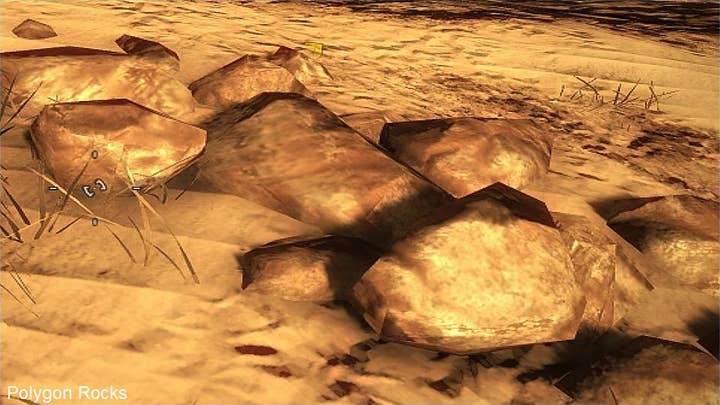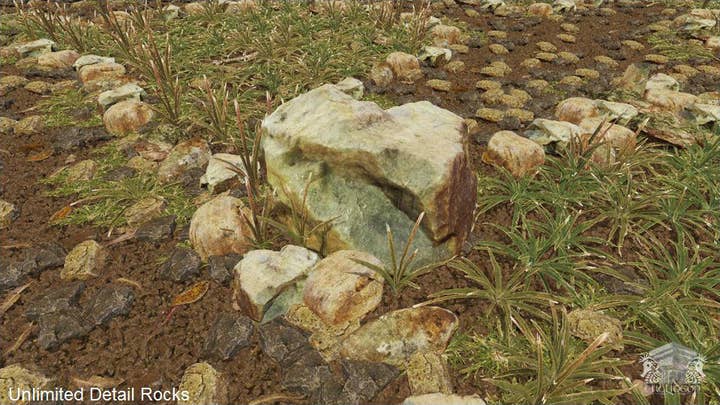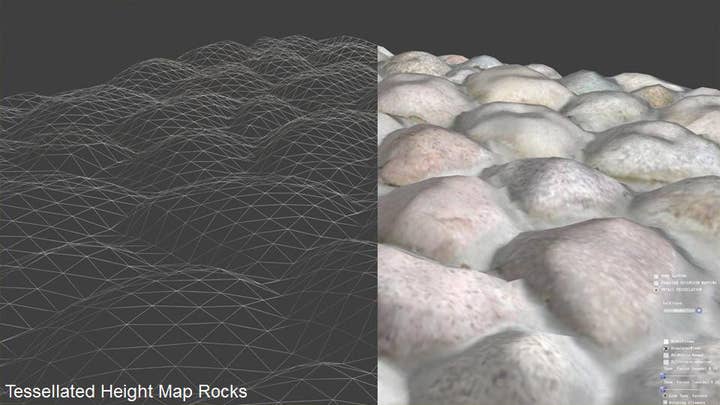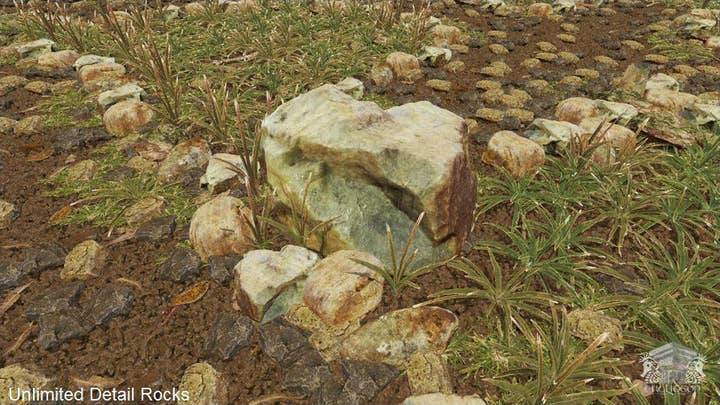Tech Focus: Euclideon's Unlimited Detail
Digital Foundry quizzes Euclideon on its highly controversial point cloud technology
Several weeks ago, we decided that we needed a demo. Our aim was to show the technology, not necessarily beautiful graphics, I think we succeeded in our task, it's not a limitation of the technology, it simply came down to not having enough time to make more objects. We only have one artist and the poor guy has been slaving away to the point that even Cinderella would have pity on him. Please don't accuse him of too much laziness. As said before we're a technology company not a games company - that is all the art that could be included in the demo in such a short amount of time.
Regarding the scanning in of objects, we have much to say on this topic, but we would prefer to wait until our next video in order to best answer this question. There are a variety of different ways to scan in objects and they come in a variety of different costs. Studios will decide what suits them and their budget, or subcontract out their work instead.
We aren't actually trying to get great attention or credibility until our product is finished. Our intention was to put a little video on YouTube to tell our fans and supporters what we had been doing this year - we never expected it to get 1.5 million views in three days.
I think we are criticised the most in the area of animation. Yes we can do animation, but it's not finished yet. Last time, we learnt that if we were to put anything on the internet that wasn't finished, there would be hordes of forum people who are more grumpy than that donkey from Winnie the Pooh who would point the finger and say, "look at that, that doesn't look as good as polygons" no matter how hard we tried to say, "but we're only half done". I'm sure our supporters understand the wisdom of us being silent on the topic of animation until it's completed. I think when it comes to animation you will all be pleasantly surprised at what we've achieved.
Well I don't want to speak too much on our technique at this point in time, but regarding polygon conversion, originally we were seen as the enemy of polygons, we constructed shapes out of little atoms, they were constructing shapes out of flat panels. The games developers we were in contact with didn't want their development pipeline to be adjusted radically. This makes sense when you consider all the current artists, their skills and technique, and the fact that the current tools in 3Ds max, Maya and others are very, very good.


So instead, we decided the best way forward would be to build a polygon converter. In effect what you have is a system that is converting polygons to little atoms, and then running those little atoms with our Unlimited Detail technology. But to the artist, they feel like they're just using unlimited polygons, their pipeline hasn't been changed in any huge way.
Tessellation is nice, I like tessellation, it was a proposed solution to the problems with low polygon counts and it was designed by some clever people who tackled the problems that the present polygon system brings in a very good way, but no I don't think that tessellated height bumps are better than real geometry if you put the tessellation picture next to unlimited detail there is a pretty big difference. Also an increase of height doesn't make blades of grass. Even if we came out four years from now and tessellation was actually used in games I still think infinite converted polygons would win over bumpy pictures.


I'd like to answer that, but I know that anything I say, regarding what we're still working on, there will be people who point and say "Ha! They are still working on it, it's not finished! It will never be finished!" and do the dance of joy rejoicing in our interpreted destruction.
Looking over the responses, it occured to us that Bruce was rather evasive on many of the questions, and in some cases provided answers to questions we didn't actually ask. We put it to him that some of his comments may polarise opinion rather than clarify how the technology actually works, and asked him if he would like to expand upon any of his replies. His response may perhaps put this interview more into context:
I know this might sound strange but at this time we aren't actually trying to get great attention or credibility until our product is finished. Our intention was to put a little video on YouTube to tell our fans and supporters what we had been doing this year - we never expected it to get 1.5 million views in three days. The negative scam sentiment surprised us at first but then we realised it probably helps.
When we are finished and release real-time demos, perhaps there are some points for us in the fact that so many people were so wrong about us. As for clarification, I think the tech community are asking [if it's] a voxel system, a splat system or ray-tracing and are trying to get enough info to box us as something known. The fact that it's not any of those systems and doesn't resemble any of those systems isn't the answer people are looking for and I am not about to try and hand over all our secrets at this point in the project.
As I said in another interview: we're not quite finished yet, and we feel a bit like a mother who's put cookies in the oven, and the children keep pulling them out and eating them and saying "they don't taste right". Give them some time and the cookies will taste just fine.








